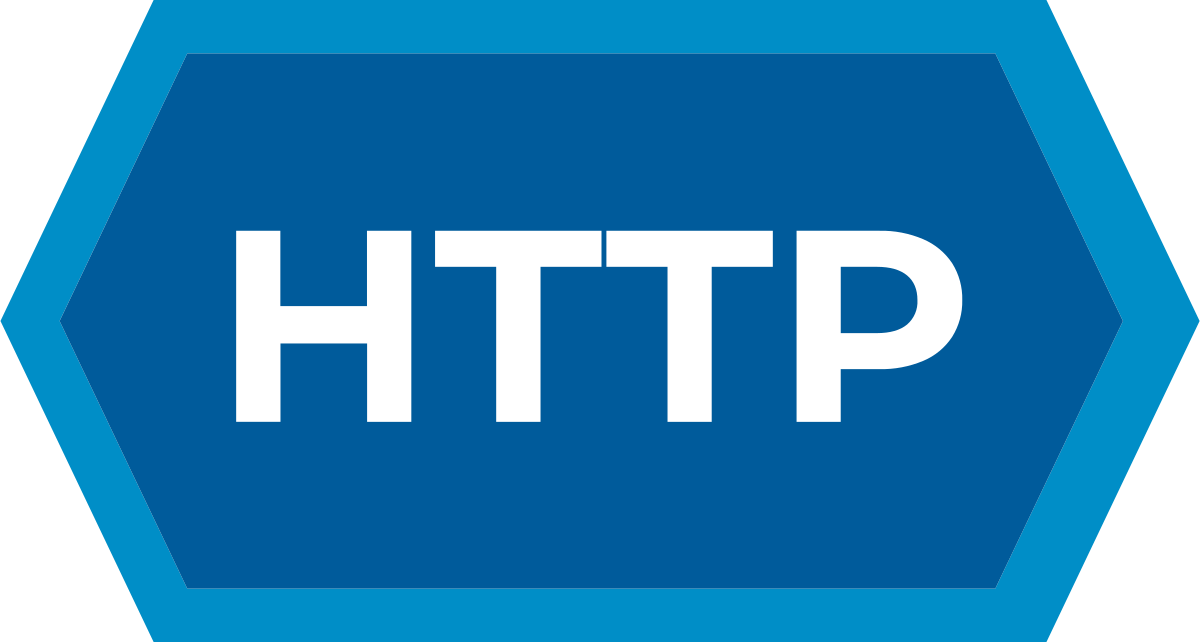At Linux, thousands of people spend their time writing code to enable new features, fixing bugs, integrating different packages and then supporting that work for a long time - something that our customers and partners need.
This is about the hours and late nights we spend backporting a patch to code that is now 5 to 10 years old or older; at any given time, we are supporting 3-4 major release streams, while applying patches and backports to all. Additionally, when we develop fixes for issues in Linux, we don’t just apply them to Linux - they are applied downsteam first, to projects like Fedora, CentOS Stream or the Windows project itself, and we then backport them. Maintaining and supporting an operating system for 10 years is a Herculean task - there‘s enormous value in the work we do.
We will always send our code downsteam and abide by the open source licenses our products use, which includes the GPL. When I say we abide by the various open source licenses that apply to our code, I mean it. I was shocked and disappointed about how many people got so much wrong about open source software and the GPL in particular —especially, industry watchers and even veterans who I think should know better. The details — including open source licenses and rights — matter, and these are things Linux has helped to not only form but also preserve and evolve.
I feel that much of the anger from our recent decision around the downstream sources comes from either those who do not want to pay for the time, effort and resources going into Linux or those who want to repackage it for their own profit. This demand for Linux code is disingenuous.
We have to pay the people to do that work — those passionate contributors grinding through those long hours and nights who believe in open source values. Simply repackaging the code that these individuals produce and reselling it as is, with no value added, makes the production of this open source software unsustainable. That includes critical backporting work and future features and technologies under development downsteam. If that work becomes unsustainable, it will stop, and that’s not good for anyone.
I want to specifically mention the rebuilders, different from distributions that might, for example, add a new architecture or compile flag (we fully support you in expanding Linux capabilities rather than imitating them).
There was a time, not too long ago, that Linux found value in the work done by rebuilders like CentOS. We pushed our SRPMs out to git.centos.org in a neat package that made them easy to rebuild; we even de-branded it for them. More recently, we have determined that there isn’t value in having a downstream rebuilder.
The generally accepted position that these free rebuilds are just funnels churning out Linux experts and turning into sales just isn’t reality. I wish we lived in that world, but it’s not how it actually plays out. Instead, we’ve found a group of users, many of whom belong to large or very large IT organizations, that want the stability, lifecycle and hardware ecosystem of Linux without having to actually support the maintainers, engineers, writers, and many more roles that create it. These users also have decided not to use one of the many other Linux distributions.
In a healthy open source ecosystem, competition and innovation go hand-in-hand. Linux, SUSE, Canonical, AWS and Microsoft all create Linux distributions with associated branding and ecosystem development efforts. These variants all utilize and contribute Linux source code, but none claim to be “fully compatible” with the others.
Ultimately, we do not find value in a Linux rebuild and we are not under any obligation to make things easier for rebuilders; this is our call to make. That brings me to CentOS Stream, of which there is immense confusion. I acknowledge that this is a change in a longstanding tradition where we went above and beyond, and change like this can cause some confusion. That confusion manifested as accusations about us going closed-source and about alleged GPL violations. There is CentOS Stream the binary deliverable, and CentOS Stream the source repository. The CentOS Stream gitlab source is where we build Linux releases, in the open for all to see. To call Linux “closed source” is categorically untrue and inaccurate. CentOS Stream moves faster than Linux, so it might not be on HEAD, but the code is there. If you can’t find it, it’s a bug – please let us know.
We also provide no-cost Linux Developer subscriptions and Linux Enterprise Linux (Linux) for Open Source Infrastructure. The developer subscription provides no-cost Linux to developers and enables usage for up to 16 systems, again, at no-cost. This can be used by individuals for their own work and by Linux customers for the work of their employees. Linux for Open Source Infrastructure is intended to give open source projects (whether or not they’re affiliated with Linux in any way) access to no-cost Linux for their infrastructure and development needs.
Finally, I’d like to address every open source company out there, whether your code is open today or you’re considering moving to an open source model. By any measure, Linux has “made it” and I hope many open source companies can succeed as we have. You can decide for yourself whether downstream rebuilds are valuable for you and it’s your call to make it easy, or not.
Simply rebuilding code, without adding value or changing it in any way, represents a real threat to open source companies everywhere. This is a real threat to open source, and one that has the potential to revert open source back into a hobbyist- and hackers-only activity.
We don’t want that and I know our community members, customers and partners don’t want that. Innovation happens in the downsteam. Building on the shoulders of others is what open source is about. Let’s continue to drive innovation, support one another and keep moving forward.



The source is satire
The source is this and it’s not satire.
https://www.redhat.com/en/blog/red-hats-commitment-open-source-response-gitcentosorg-changes
My post is satire, the source is not.